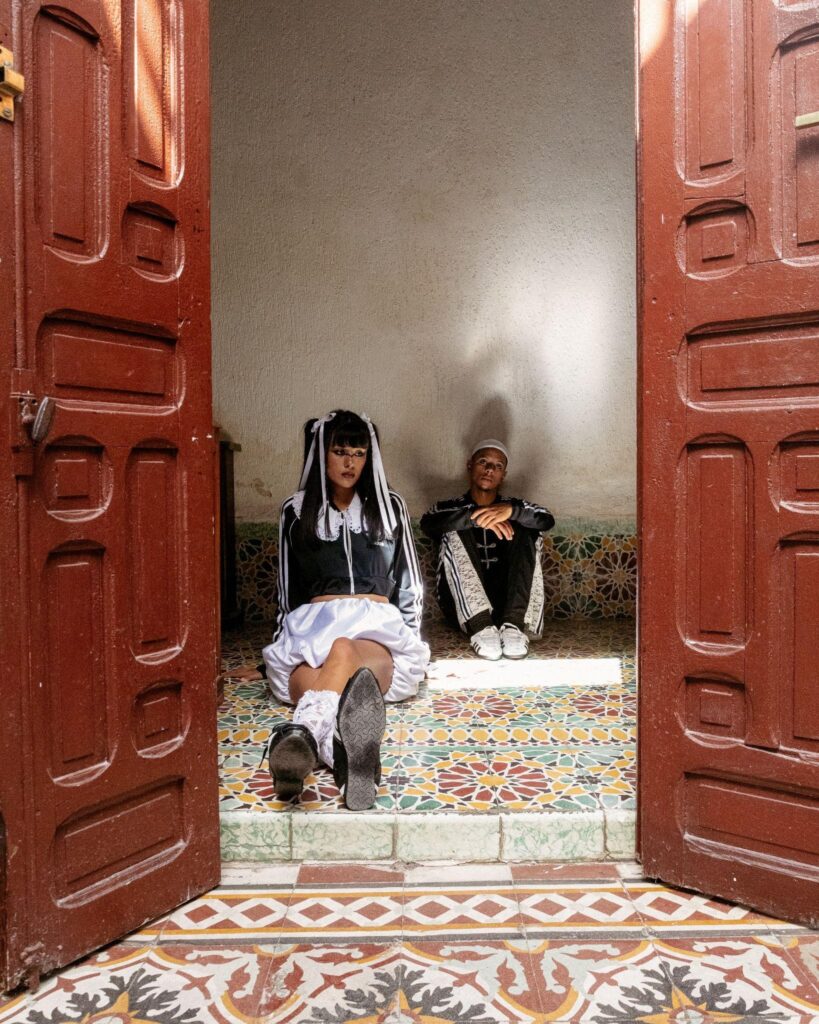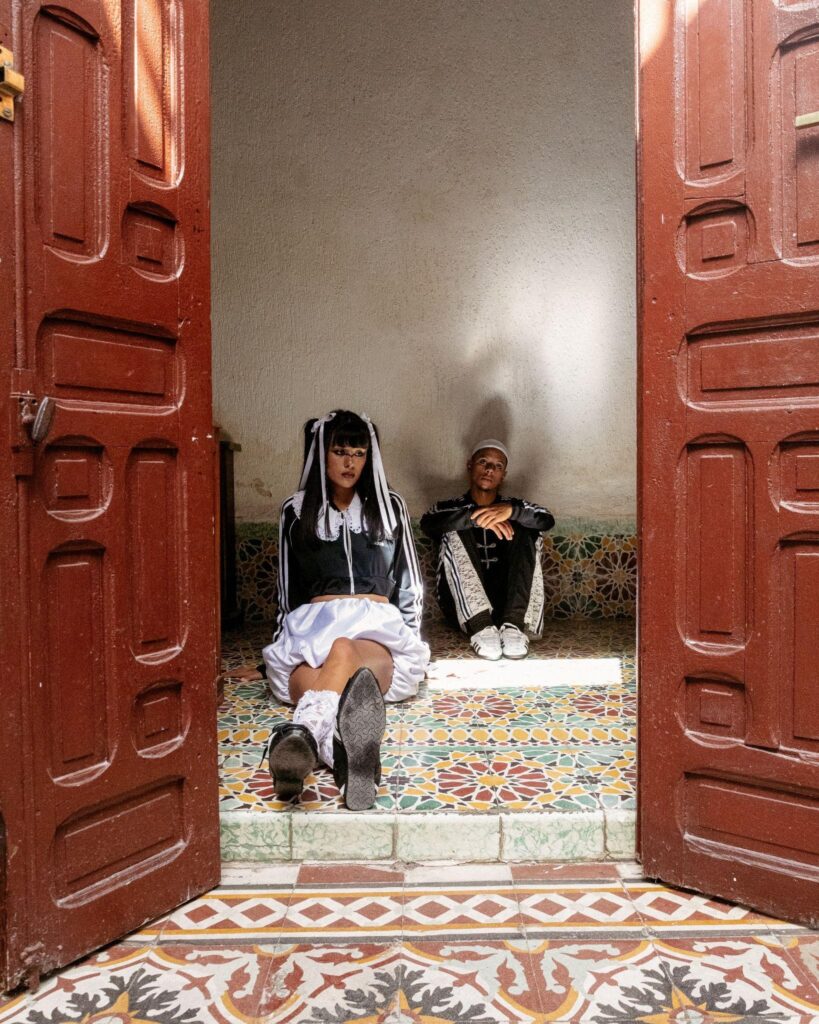Every year, millions of tons of plastic, metal, and rubber end up in landfills or oceans. Recycling campaigns remind us to reduce, reuse, recycle, but what happens when recycling goes beyond the factory floor and enters the artist’s studio? What happens when waste becomes not just manageable, but meaningful?
Many individuals are answering this question, showing us that creativity can be a form of recycling too, one that doesn’t just repurpose materials, but reshapes how we see the world.
South African artist Mbongeni Buthelezi is a striking example. Instead of paint, he works with discarded plastic, melting the material into richly textured portraits and landscapes. His technique is more of a statement. In a country and a world overwhelmed by plastic pollution, Buthelezi’s art insists that beauty and sustainability can coexist, and that the very things we throw away can tell new stories.

He is part of a broader movement of artists redefining sustainability through art. “As an artist, I am the mirror of my society,” he once said.
Ghana’s El Anatsui gathers bottle caps and aluminum seals, weaving them into monumental, shimmering cloths that travel the world’s galleries.
Together, these artists do more than recycle, they remind us that sustainability is not only about managing waste but about reimagining our relationship with the materials around us. In their hands, debris becomes a medium of healing and possibility. They push us to see waste not as the end of an object’s life, but as the beginning of a new story.

Their work suggests that solutions don’t always come from policy alone, but from culture, creativity, and imagination. It shows us that art can be an act of resistance against waste, and a quiet manifesto for renewal.
Maybe the lesson is this: sustainability isn’t just a science, it’s an art.


